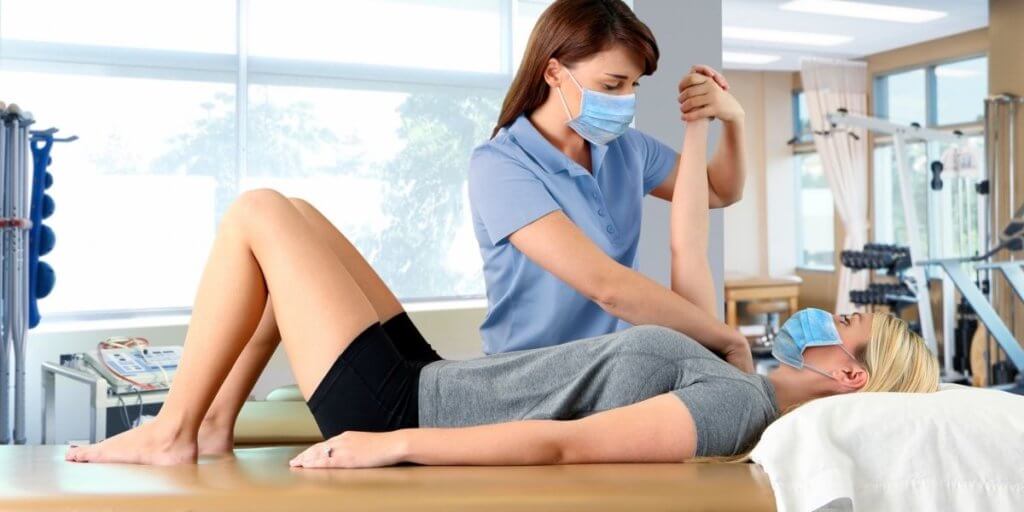Therapeutic equipment plays a crucial role in aiding individuals in their journey towards recovery and improved wellness. From physical therapy to respiratory therapy, the diverse range of equipment available serves various purposes and caters to specific needs. In this comprehensive guide, we delve into the world of therapeutic equipment, exploring its types, benefits, challenges, and future trends.
Introduction to Therapeutic Equipment
Therapeutic equipment encompasses a wide array of tools and devices designed to assist individuals in rehabilitation, improving mobility, and enhancing overall well-being. Whether recovering from an injury, managing a chronic condition, or seeking to improve physical or cognitive abilities, therapeutic equipment provides invaluable support. The evolution of therapeutic equipment has been driven by advancements in medical technology and a growing understanding of the importance of holistic healthcare.
Types of Therapeutic Equipment
Physical Therapy Equipment
Physical therapy equipment aims to improve strength, flexibility, balance, and mobility. It includes tools such as TENS units for pain management, foam rollers for muscle relaxation, and resistance bands for strength training. These tools are used in clinical settings as well as for home-based therapy programs.
Occupational Therapy Equipment
Occupational therapy equipment assists individuals in performing daily activities and tasks more independently. Examples include adaptive utensils for eating, dressing aids for grooming, and splints for joint support. Occupational therapists often customize equipment based on the individual’s needs and abilities.
Speech Therapy Equipment
Speech therapy equipment is utilized to address communication disorders, swallowing difficulties, and oral motor skills. Common tools include communication boards for non-verbal individuals, voice amplifiers for speech projection, and oral motor tools for strengthening facial muscles.
Respiratory Therapy Equipment
Respiratory therapy equipment is essential for individuals with breathing difficulties or lung conditions. Nebulizers deliver medication in aerosol form, oxygen concentrators provide supplemental oxygen, and incentive spirometers assist in deep breathing exercises. These devices help improve respiratory function and alleviate symptoms.
Factors to Consider When Choosing Therapeutic Equipment
When selecting therapeutic equipment, several factors should be taken into account to ensure suitability and effectiveness. Patient needs and conditions, cost considerations, and the portability and ease of use of the equipment are essential considerations. Additionally, consulting with healthcare professionals can help in making informed decisions regarding the most appropriate equipment for specific therapy goals.
Latest Technological Advancements in Therapeutic Equipment
Advancements in technology have revolutionized therapeutic equipment, leading to more innovative and efficient solutions. From wearable devices that track progress to robotic exoskeletons that aid in mobility, technology continues to expand the possibilities for rehabilitation and therapy. These advancements not only improve patient outcomes but also enhance the overall therapy experience.
Benefits of Using Therapeutic Equipment
The use of therapeutic equipment offers numerous benefits to individuals undergoing rehabilitation or managing chronic conditions. It facilitates improved mobility and independence, accelerates the recovery process, and enhances the quality of life. By targeting specific areas of need and providing tailored interventions, therapeutic equipment plays a vital role in optimizing therapy outcomes.
Challenges in Accessing Therapeutic Equipment
Despite its benefits, accessing therapeutic equipment can pose challenges for some individuals. Financial barriers, limited availability in certain regions, and insurance coverage issues may hinder access to essential equipment. Addressing these challenges requires advocacy for improved healthcare policies and increased affordability and accessibility of therapeutic devices.
Tips for Proper Use and Maintenance of Therapeutic Equipment
To ensure the effectiveness and longevity of therapeutic equipment, proper use and maintenance are essential. Following manufacturer instructions, regularly cleaning and sanitizing equipment, and scheduling periodic calibration and servicing are crucial steps in maintaining optimal functionality. Healthcare professionals can provide guidance on proper equipment usage and maintenance practices.
Future Trends in Therapeutic Equipment
The future of therapeutic equipment is marked by continuous innovation and integration of advanced technologies. Artificial intelligence and machine learning algorithms are being utilized to develop personalized treatment solutions, while wearable and mobile-friendly devices offer greater flexibility and convenience. As technology continues to evolve, the possibilities for enhancing rehabilitation and wellness through therapeutic equipment are limitless.
Case Studies and Success Stories
Real-life examples of individuals benefiting from therapeutic equipment underscore its significance in rehabilitation and wellness. From regaining mobility after a spinal cord injury to improving communication skills following a stroke, these stories highlight the transformative impact of therapeutic interventions. By sharing such success stories, awareness is raised about the importance of access to quality therapeutic equipment for all individuals in need.
Conclusion
In conclusion, therapeutic equipment plays a vital role in facilitating rehabilitation, enhancing wellness, and improving quality of life for individuals with diverse healthcare needs. From physical therapy to respiratory therapy, the wide range of equipment available caters to various conditions and goals. By addressing challenges, embracing technological advancements, and advocating for accessibility, the potential of therapeutic equipment to transform lives is boundless.

